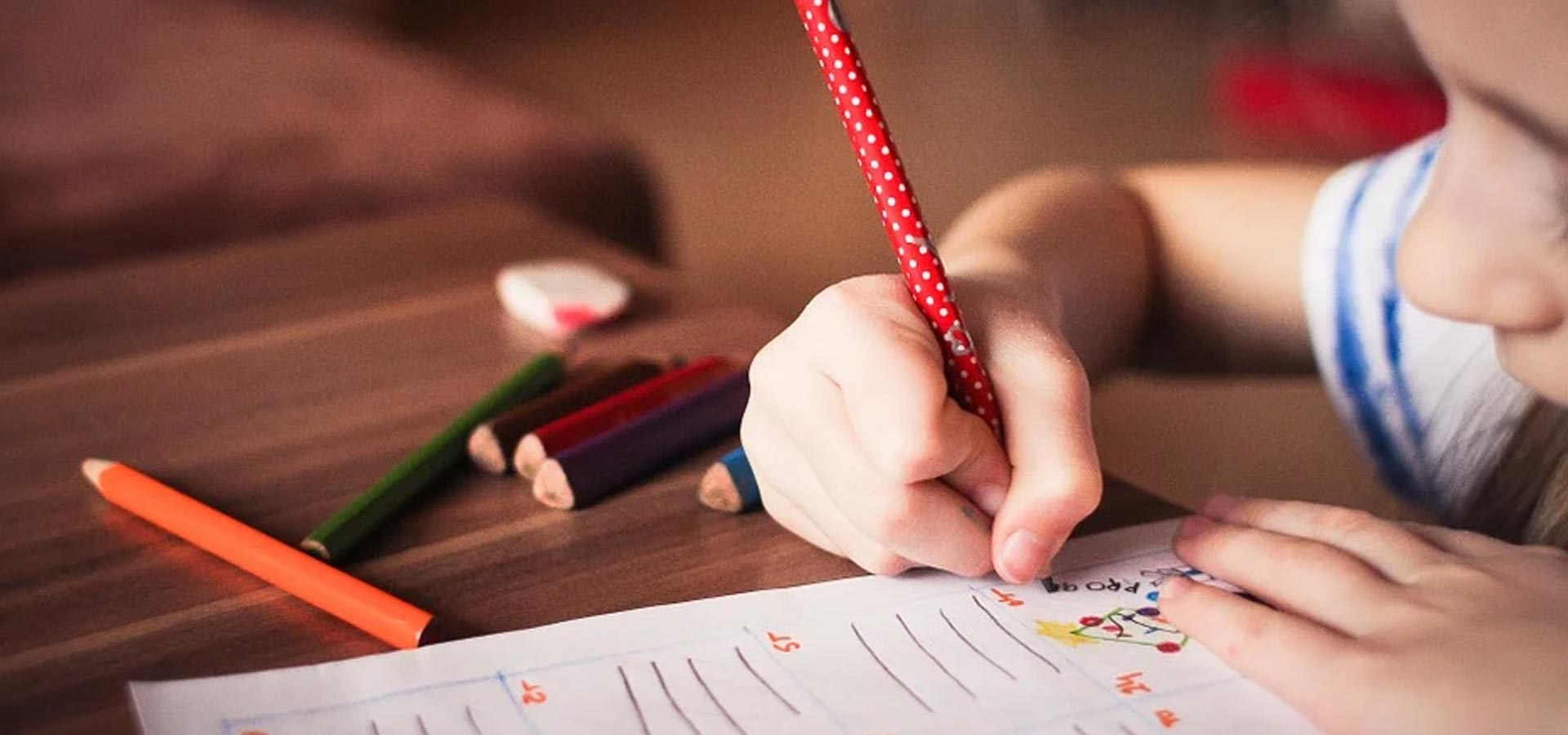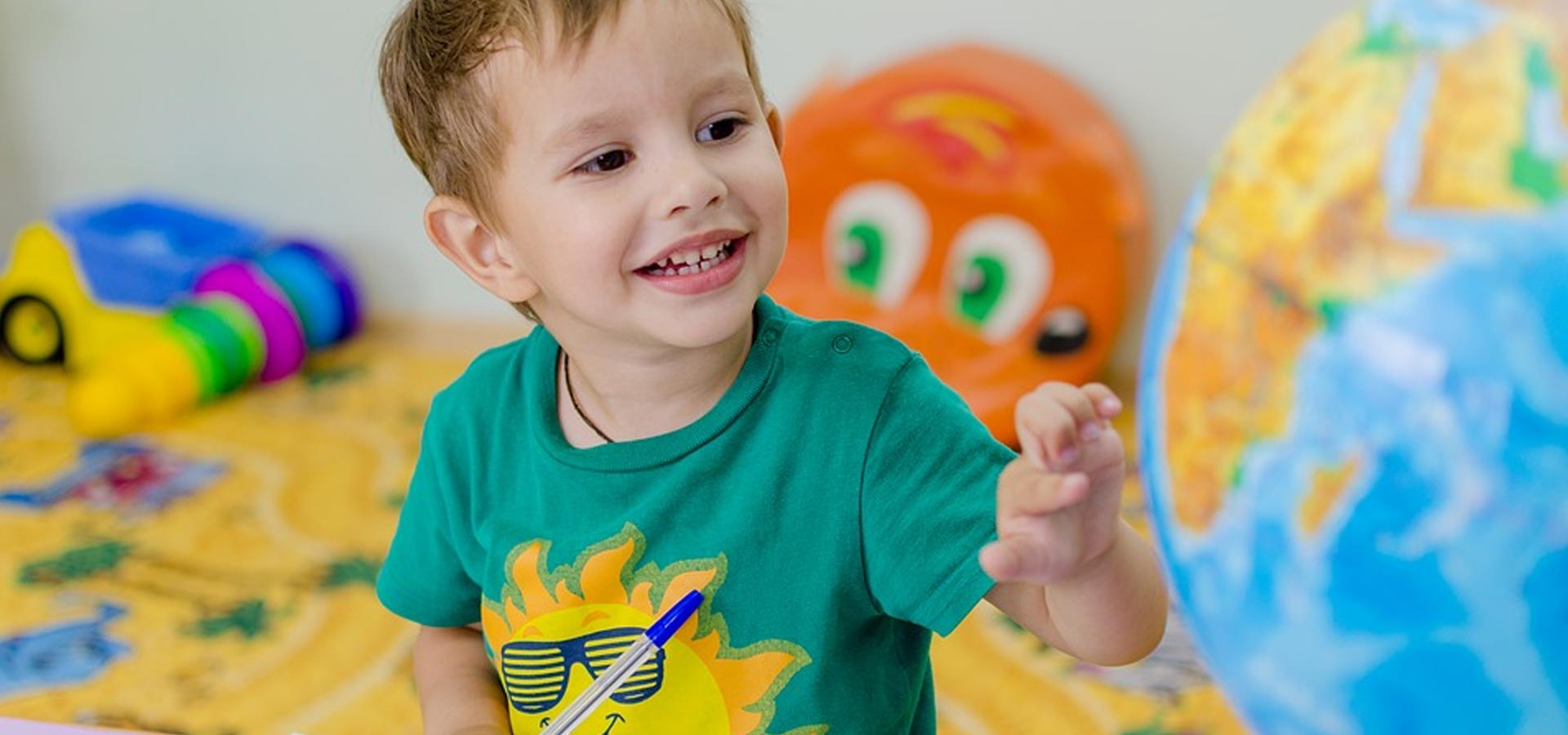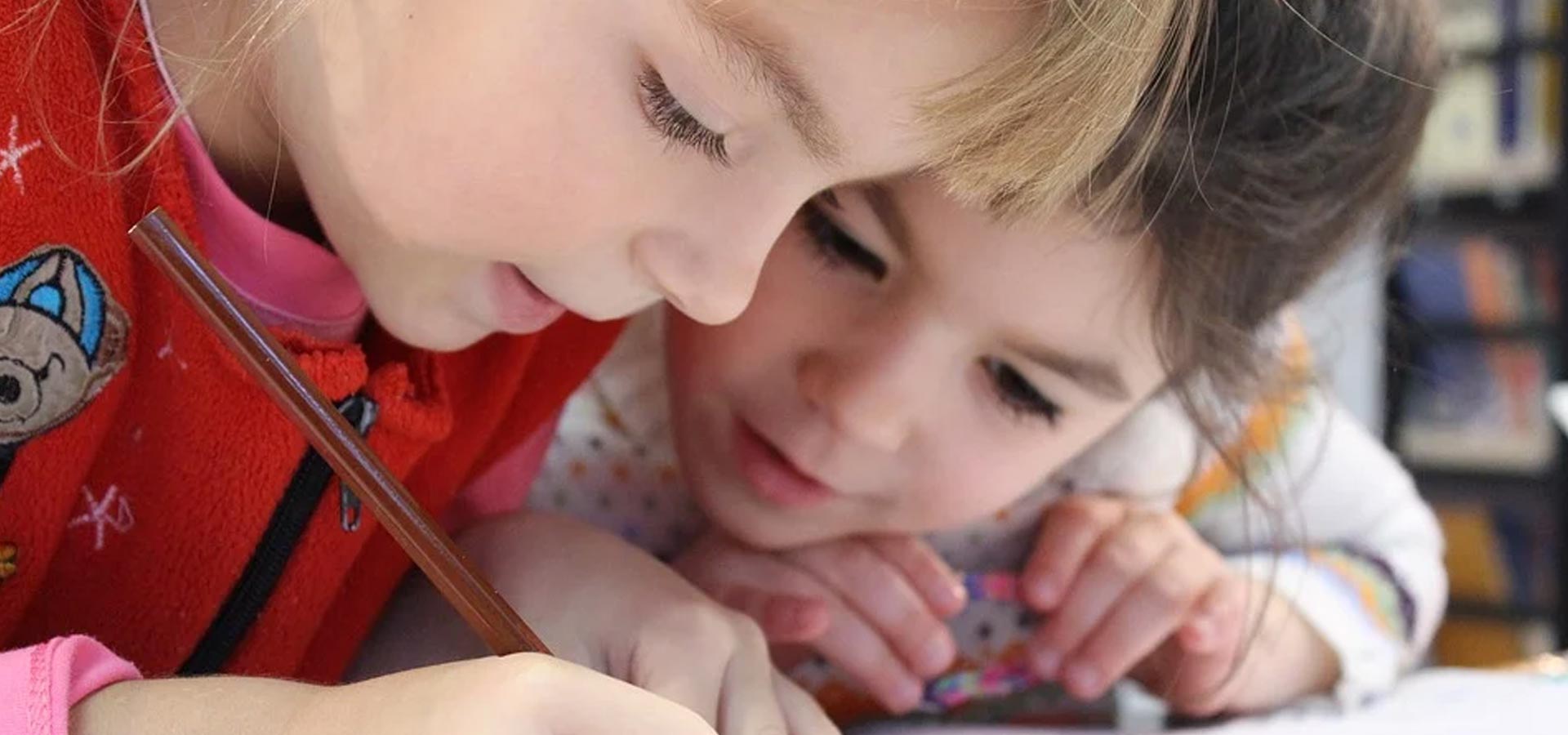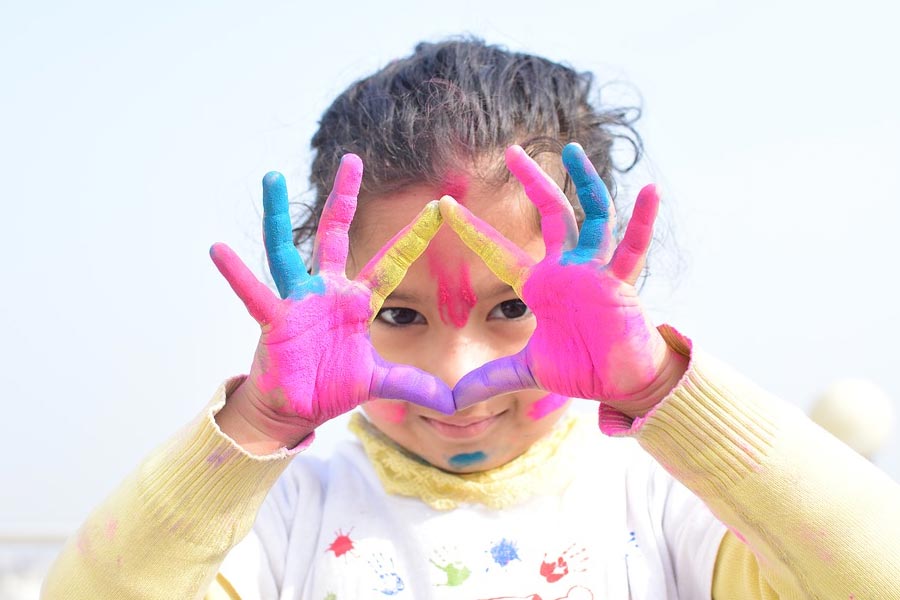Let's join the best Education system for your child!
We provide high standards of education for your children.



We connect you with your child by providing you with a clear plan based on understanding your collective needs and ambitions.
We connect you with your child by providing you with a clear plan based on understanding your collective needs and ambitions.
We Empower you with the information and guidance needed so that your child can be the best they can be.

NOOR 367’s online learning platform is designed to help you structure and streamline your studies. We provide learners with access to recommended study timelines, tailor-made content and regular professional support from experienced education professionals.
Once you have agreed course and timetable requirements, we will issue you with login information. Should any issues arise, we provide remote technical and customer support to resolve them or to answer any questions you might have as you get started.
DISCOVER MOREOur primary curriculum develops skills across literacy, numeracy, science and Computer Studies. It is designed to help families deliver a broad and balanced curriculum that suits their context, culture and ethos and combines the rigour of academic learning, with the flexibility to meet the needs of individual learners, enabling them to develop the required knowledge and skills through guided discovery that will support their transition into the next phase of their learning. For admissions please contact us.
Our secondary curriculum is specifically designed to provide the required learning, skills and knowledge for learners aged 11-16 enabling them to be able to progress towards IGCSE courses. We can shape the programme around how you students to learn, developing young learners who are confident, responsible, reflective, innovative and engaged. The programme provides a natural progression for children from primary education and prepares them for education programmes.
A Broad and Balanced Curriculum for Years 4 to 11

Our primary curriculum develops skills across literacy, numeracy, science and Computer Studies. It is designed to help families deliver a broad and balanced curriculum that suits their context, culture and ethos and combines the rigour of academic learning, with the flexibility to meet the needs of individual learners, enabling them to develop the required knowledge and skills through guided discovery that will support their transition into the next phase of their learning. For admissions please contact us.

Our secondary curriculum is specifically designed to provide the required learning, skills and knowledge for learners aged 11-16 enabling them to be able to progress towards IGCSE courses. We can shape the programme around how you students to learn, developing young learners who are confident, responsible, reflective, innovative and engaged. The programme provides a natural progression for children from primary education and prepares them for education programmes that lead to formal qualifications.
Our Testimonials
Noor 367 has removed concerns we had about educating xxx. We wanted to be flexible, choose subjects xxx wanted to learn and be able to access content at different locations. Noor 367 worked with us to make sure this happened –would definitely recommend!
Noor 367 has removed concerns we had about educating xxx. We wanted to be flexible, choose subjects xxx wanted to learn and be able to access content at different locations. Noor 367 worked with us to make sure this happened –would definitely recommend!
We provide high standards of education for your children.